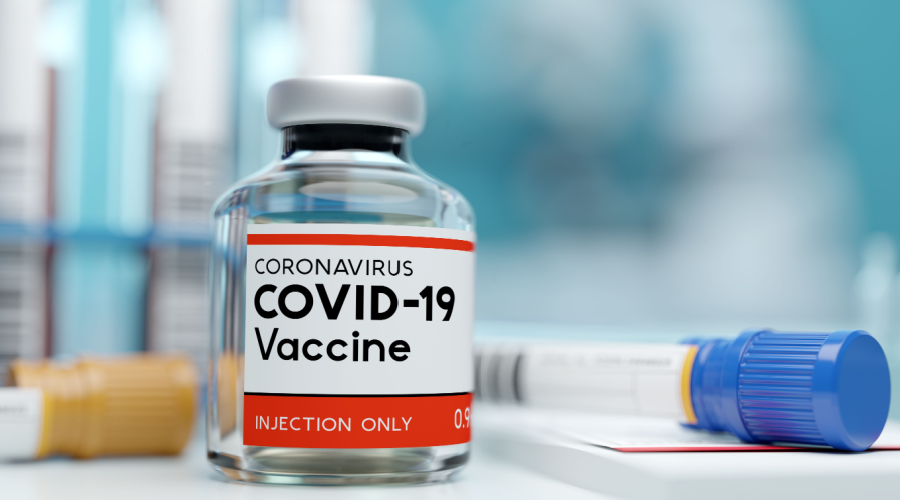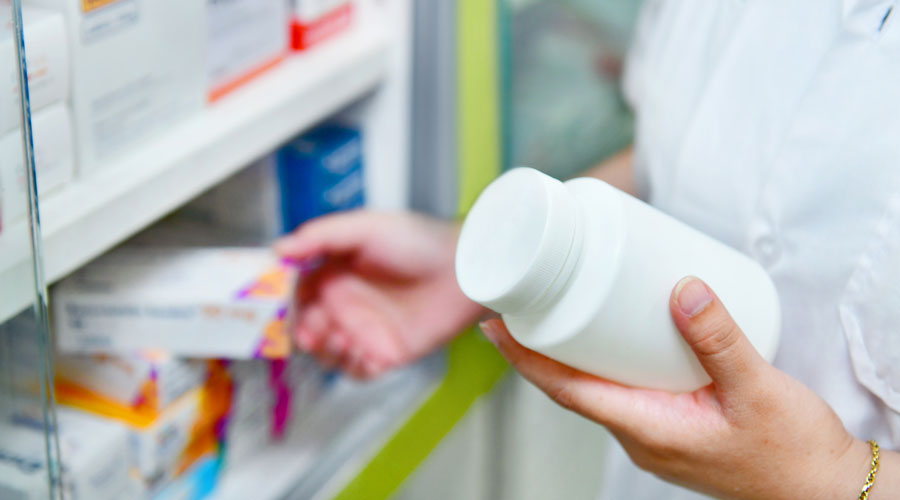Every business owner struggles with cash flow at some point in their career. It’s inevitable. There will be times when your cash flow isn’t where you’d like. The issue may be short-term and situational, or it could be a long-term, chronic issue. Whatever comes your way, don’t fret. Simply follow these steps to reduce the frequency and severity.
Improve your inventory
One of the biggest expenses for your pharmacy is inventory. You don’t want to have too much money tied up in it. Instead, actively manage your inventory for long-term, cash-flow stability. Reduce how much you spend on inventory with the following tips:
- Determine how many prescriptions you’ve dispensed at the end of the day. What was the cost of goods sold? If you want to decrease your spend on inventory, make sure your order for the next day is lower than the cost of goods sold that day. If it’s higher, you’re increasing your inventory spend. This can make a huge difference over the course of a few days.
- Know your patients’ buying habits. Know when refills are due and how many medications are required. By doing so, you can buy the correct amount of inventory at the right time.
- Pay attention to what items are sitting on the shelves for extended periods of time and which ones are moving too quickly by reviewing your inventory levels regularly. Ideally, you want to increase your quantities of those selling quickly and decrease the amounts of those that aren’t.
Sell non-OTC retail items
Another place you may have cash tied up is in your front end. Even if you have a small front end, you can be wasting money in inventory and in inventory-holding costs. You want your front end to be turning regularly. And you want the products you carry to be offering you the highest possible return on investment. Selling products such as skincare products, supplements, and other sundries can boost your cash flow. Be aware, though, that most insurance plans don’t cover these products. Patients are required to make payments upfront. This will help reduce your accounts receivables and improve your overall cash flow.
Keep Your Eyes on Your Cash Flow
You can’t improve your flow of cash if you aren’t paying attention to it. Review your cash-flow statements monthly to see if your pharmacy has enough cash to pay all of its expenses. Is your cash flow tight? Consider reviewing it on a weekly or bi-weekly basis.
Staff effectively
Cash flow can get tied up in how you staff your pharmacy. While there’s no way to run your store without employees, you can staff more heavily during peak times and reduce staff during the slower times. By doing this, you just might notice some cost savings and improved cash flow.
Time your payments
Maintain the health of your cash flow by timing your payments. Here are two techniques you can try:
- Maximize your early payment discounts by paying your suppliers early. Does your pharmacy have sufficient cash flow to pay off your invoices early? If so, this is a good option to consider.
- Hold off on paying your suppliers right away. Check the invoice due date and the date that the late fee occurs. That way, if your invoice is due on the first of the month, but the late fees emerge after the 15th, you’ll have a grace period of 14 days to pay the invoice without penalties. This can make a significant difference in your cash flow, especially if your pharmacy’s cash flow is tight.
Check on your receivables
Don’t let your money sit in receivables too long, or it can lead to cash-flow issues. Monitor your receivables weekly or monthly. That way, you can follow up promptly on denied claims or late payments.
Up your sales
One way to drive in more sales is to recommend supplements based on drug-induced nutrient depletion. As little as 10 add-on sales each month can make a huge difference and help improve cash flow.
Outsource your non-core tasks
Outsourcing all of your non-core tasks is a great way to help increase your cash flow and reduce your pharmacy’s expenses. You can outsource non-core tasks such as bookkeeping and human resources without compromising on quality. Since you won’t have to hire in-house staff, you’ll save a significant amount of money.
Monitoring your cash-flow situation should be one of your top priorities. Keeping an eye on the cash that flows in and out of your business will go a long way towards ensuring you have enough to cover your expenses. You’ll also know if you have enough to manage the day-to-day costs associated with your pharmacy.
A Member-Owned Company Serving Independent Pharmacies
PBA Health is dedicated to helping independent pharmacies reach their full potential on the buy-side of their business. Founded and owned by pharmacists, PBA Health serves independent pharmacies with group purchasing services, wholesaler contract negotiations, proprietary purchasing tools, and more.
An HDA member, PBA Health operates its own NABP-accredited secondary wholesaler with more than 6,000 SKUs, including brands, generics, narcotics CII-CV, cold-storage products, and over-the-counter (OTC) products — offering the lowest prices in the secondary market.











